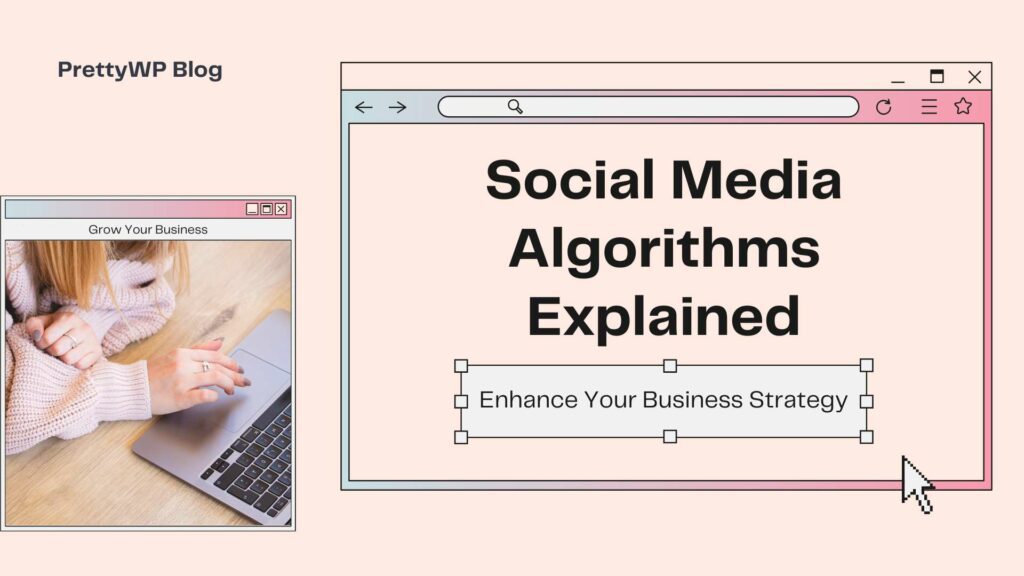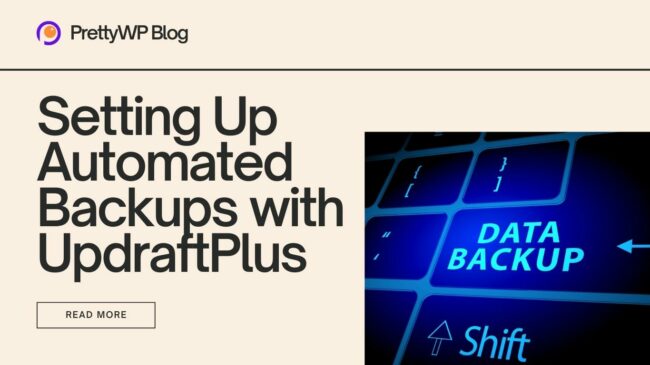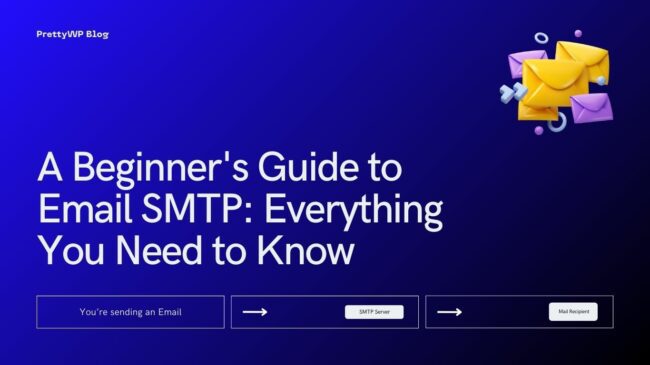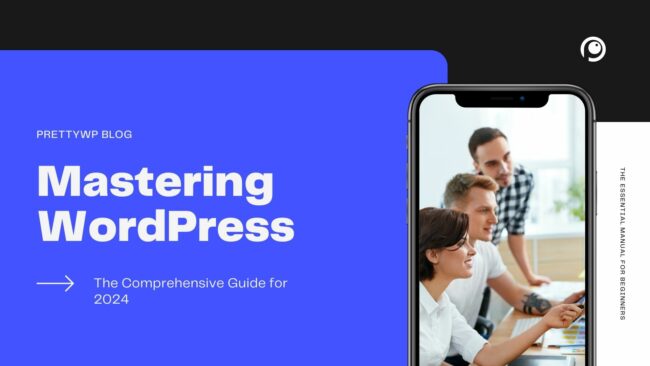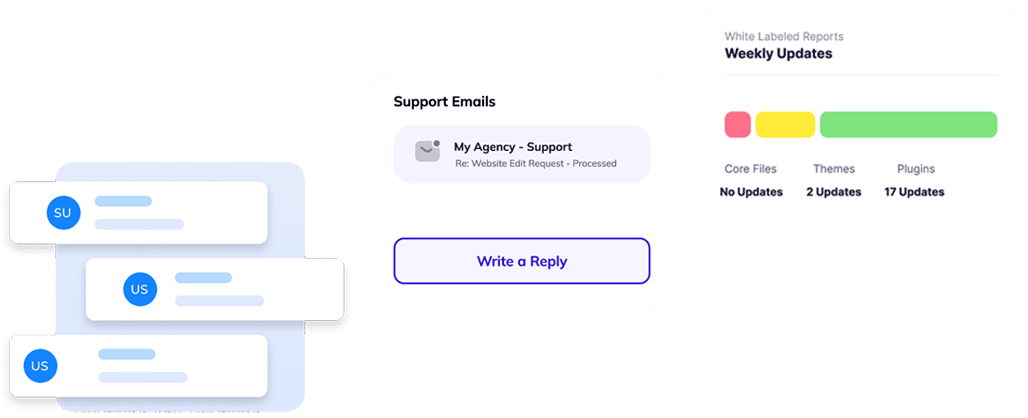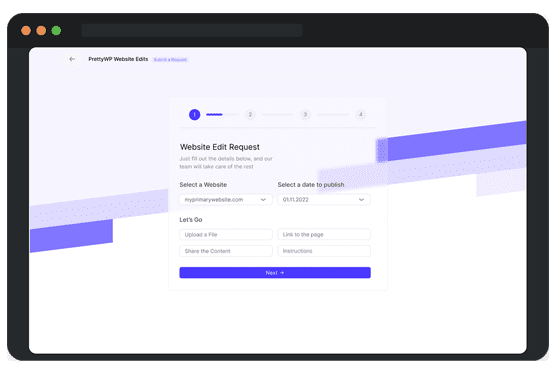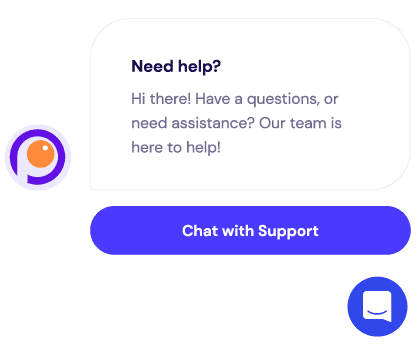Imagine you’re in a crowded room, trying to make your voice heard. It seems like everything you say just blends into the background noise. Sound familiar? This is how it can feel trying to boost your business’s presence on social media platforms, especially if you don’t know the ins and outs of social media algorithms.
“Social media algorithms are complex mechanisms that sift through vast amounts of data to decide which content is displayed — and the specific order it’s shown — when a user opens up their social media feed.”
Don’t worry! This article is here to help you decode the complex of social media algorithms. By understanding how they work, you can increase your brand’s visibility, connect better with your potential customers, and ultimately boost your business growth.
So, What Are Social Media Algorithms?
Social media algorithms are complex computational procedures that determine what content is displayed and when it is displayed on a user’s social media feed. These algorithms are designed to deliver personalized content that is most relevant to the user, based on a variety of factors. Think of social media algorithms as the control center of your online social experience. They look at the stuff you do, the posts you share, and how long you linger on different things, then they guess what you probably want to see more of and put that at the top of your feed.
Social media algorithms are constantly evolving. They are updated regularly to improve user experience, respond to new trends, and to prevent misuse. These changes can have significant impacts on the visibility and reach of content, which is why understanding them is crucial for businesses.
Businesses can leverage social media algorithms to their advantage by creating high-quality, engaging content that encourages interaction. The more a user interacts with a business’s content, the more likely the algorithm is to prioritize that content in the user’s feed. This can lead to increased visibility and reach for the business. Understanding social media algorithms also allows businesses to optimize their posting schedules. By posting when their target audience is most active, businesses can increase the chances of their content being seen and interacted with, thereby increasing their reach.
However, it’s important to note that while algorithms can be leveraged, they should not be manipulated. Practices such as ‘like-baiting’ or ‘click-baiting’ can lead to penalties from the platform, including decreased visibility. Therefore, businesses should focus on authentic engagement and quality content to effectively utilize social media algorithms.
What are the key factors that influence social media algorithms?
Social media algorithms are intricate machines that decide what content users see based on a number of elements. A big one is user interaction, which involves likes, shares, comments, and how long a user looks at a post. If a post gets more interaction, it’s likely to be seen by more people. Another key factor is the relevance of the content to the user. Algorithms analyze a user’s past behavior, including the types of posts they’ve interacted with and the accounts they follow, to predict what content they will find interesting. This is why users often see posts related to their hobbies, interests, and other personal preferences.
Recency is also a crucial factor. Social media platforms prioritize fresh, timely content in their feeds. Therefore, when a post is published can significantly impact its visibility. This is why many businesses strategically schedule their posts to coincide with times when their target audience is most likely to be online.
Additionally, the credibility of the source is taken into account. If a user frequently interacts with posts from a particular account, the algorithm will prioritize content from that account in their feed. Conversely, accounts that are frequently reported or have content removed for violating platform rules may be less likely to appear in users’ feeds.
Lastly, the type of content also plays a role. Some social media platforms prioritize certain types of content, like videos or images, over others. Therefore, understanding the preferences of each platform’s algorithm can help businesses create and share content that is more likely to be seen and engaged with by their target audience.
How do different social media platforms’ algorithms vary?
Facebook’s algorithm, for instance, prioritizes content from friends, family, and groups that users interact with most. It uses signals like how often you interact with a certain type of post, who posted it, and its popularity to determine what appears in your News Feed. The more a user engages with certain types of content, the more similar content they will see.
Instagram, owned by Facebook, also uses a similar approach but with more emphasis on timeliness and relationship. It prioritizes recent posts and interactions with accounts you are close to. The algorithm also considers the likelihood you’ll be interested in the content, your relationship with the person posting, and the timeliness of the post.
Twitter’s algorithm, on the other hand, is more focused on recency and relevance. It prioritizes tweets from accounts you interact with most and also considers the popularity of the tweets. It also offers a chronological timeline for those who prefer it.
LinkedIn’s algorithm is designed to promote professional content that encourages interactions. It prioritizes content that is relevant to your industry, that you’re likely to engage with, and from connections you interact with frequently. It also considers the credibility of the poster and their history of engagement.
Finally, YouTube’s algorithm is driven by watch time. It recommends videos that lead to longer overall viewing sessions rather than videos that are watched briefly. The algorithm takes into account your viewing history, the popularity of videos, and the amount of time you spend watching similar types of content.
While all social media algorithms aim to provide personalized content, they do so in different ways. Understanding these differences can help businesses tailor their content strategy for each platform.
What strategies can businesses use to optimize their content for these algorithms?
Understanding the target audience is the first step towards optimizing content for social media algorithms. Businesses should conduct thorough research to identify their audience’s interests, habits, and preferences. This information can guide the creation of content that resonates with the audience and is more likely to be prioritized by the algorithms.
Engaging with the audience is another crucial strategy. Social media algorithms favor content that generates high engagement. Thus, businesses should aim to create content that encourages likes, shares, comments, and other forms of interaction. This could include asking questions, creating polls, or sharing thought-provoking statements.
Consistent posting is also important. Algorithms tend to favor accounts that post regularly. Businesses should establish a consistent posting schedule and stick to it. This not only keeps the audience engaged but also signals to the algorithm that the account is active and reliable.
Businesses should also consider the optimal times for posting. This is when their target audience is most active on the platform. Posting during these peak times increases the chances of the content being seen and engaged with, which can boost its ranking in the algorithm.
Using the right keywords and hashtags can also help optimize content. These elements can increase the visibility of the content, making it easier for the target audience to find. However, businesses should avoid overuse of hashtags as this can be seen as spammy and may negatively impact the algorithm’s ranking of the content.
Businesses can also leverage the power of user-generated content. This type of content is often viewed as more authentic and trustworthy, which can increase engagement rates. Encouraging users to create and share content related to the business can therefore help optimize the business’s content for the algorithms.
Finally, businesses should continually monitor and adjust their strategies based on performance data. Social media platforms provide a wealth of analytics that can be used to understand which types of content perform best. By analyzing this data, businesses can refine their content strategies to better align with the algorithms’ preferences.
How have social media algorithms evolved over time?
In the early days of social media, platforms like Facebook and Twitter operated on reverse chronological feeds. This meant that posts were displayed in the order they were posted, with the most recent posts appearing first. This was a simple and straightforward approach, but it didn’t take into account the relevance or quality of the content.
As social media platforms grew and the amount of content increased, it became clear that a more sophisticated approach was needed. This led to the introduction of algorithms, which were designed to sort and prioritize content based on a variety of factors. These algorithms took into account things like the popularity of a post, the relationship between the user and the poster, and the type of content being posted.
Over time, these algorithms have become increasingly complex. They now take into account a wide range of factors, including how much time users spend looking at a post, whether they interact with it, and even the type of device they’re using. This has allowed social media platforms to deliver a more personalized and engaging experience for users.
However, the evolution of social media algorithms has also led to some challenges. For instance, they can create ‘echo chambers’ where users only see content that aligns with their existing views. They can also make it harder for businesses to reach their audience organically, as the algorithms prioritize content that generates high engagement.
In response to these challenges, social media platforms have made changes to their algorithms. For example, Facebook has introduced measures to prioritize ‘meaningful interactions’ and reduce the spread of low-quality content. Similarly, Instagram has made changes to give users more control over their feed, such as the option to ‘mute’ certain accounts.
Looking to the future, we can expect social media algorithms to continue evolving. With advances in artificial intelligence and machine learning, these algorithms are likely to become even more sophisticated, capable of understanding and predicting user behavior in unprecedented ways. This will have significant implications for businesses, who will need to adapt their social media strategies to stay ahead of the curve.
What are some common misconceptions about social media algorithms?
One common misconception about social media algorithms is that they are designed to limit the reach of content. In reality, these algorithms are designed to prioritize content that is likely to be of interest to each individual user, based on their past behavior and engagement. This means that if your content is not reaching a wide audience, it may be because it is not resonating with your target audience, rather than because the algorithm is actively limiting its reach.
Another misconception is that social media algorithms are ‘fixed’ or ‘static’. In fact, these algorithms are constantly evolving and adapting based on user behavior, trends, and feedback. This means that strategies that worked in the past may not be as effective in the future, and businesses need to stay up-to-date with changes to these algorithms to ensure their content continues to reach their target audience.
Many people also believe that paying for advertising is the only way to ensure your content is seen on social media. While paid advertising can certainly boost your visibility, organic reach is still very much possible and effective. High-quality, engaging content that resonates with your audience can still achieve significant reach without the need for paid promotion.
There’s also a misconception that more posts mean more visibility. In reality, the quality of your posts matters more than the quantity. Over-posting can actually lead to a decrease in engagement, as it can overwhelm your audience and lead to ‘content fatigue’. Instead, focus on creating high-quality, engaging posts that your audience will find valuable.
Lastly, some people believe that all social media platforms use the same algorithm. This is not true. Each platform uses a unique algorithm that is tailored to the specific behaviors and preferences of its user base. Therefore, a strategy that works on one platform may not necessarily work on another.
Final Thoughts
Knowing how social media algorithms work is key for mastering digital marketing. These algorithms are built to show users what they’re most likely to enjoy. When you understand them, you can use them to increase your brand’s visibility and engagement.
Keep in mind, each social media platform uses a different algorithm. The best way to use them to your advantage is to learn how they each work and adjust your approach accordingly. Stay updated with changes, use new features, and keep up with the latest trends for the best results.
Also, don’t fall prey to misguided ideas. Algorithms are not unbeatable hurdles. In fact, they are useful tools that can help your brand soar when used right. Keep learning about them, stay flexible, and watch your business grow on social media.
